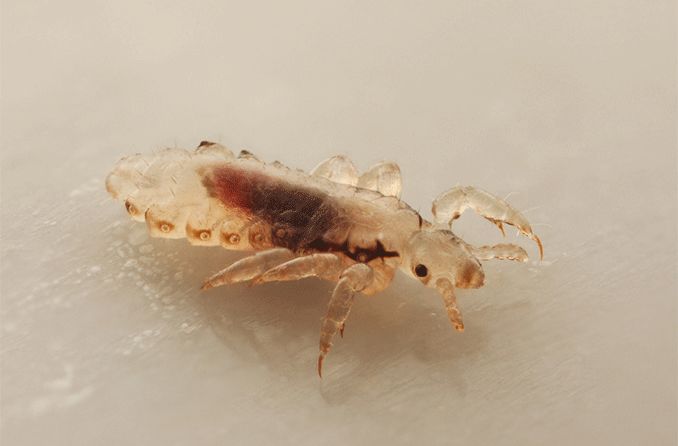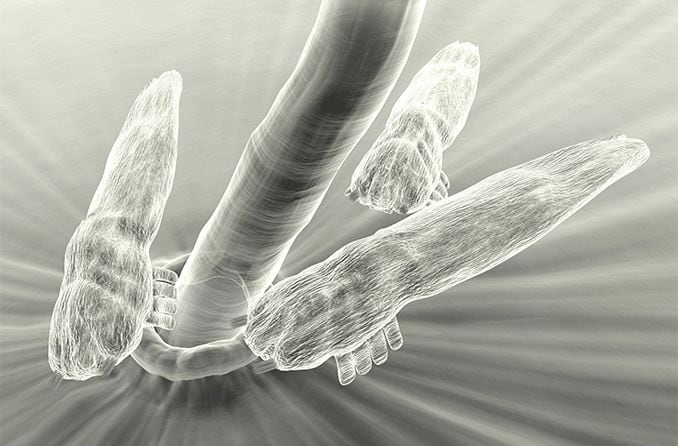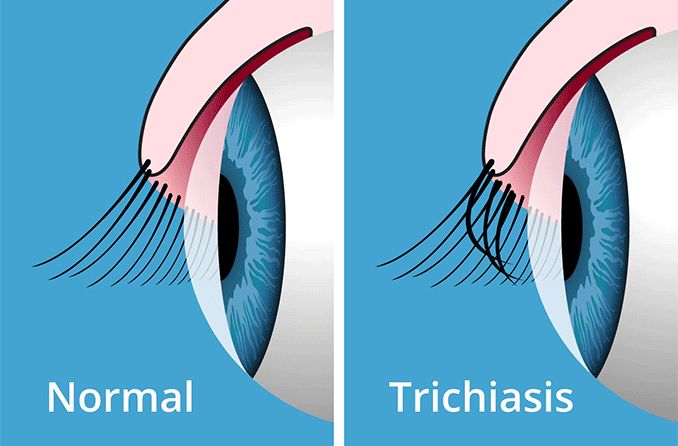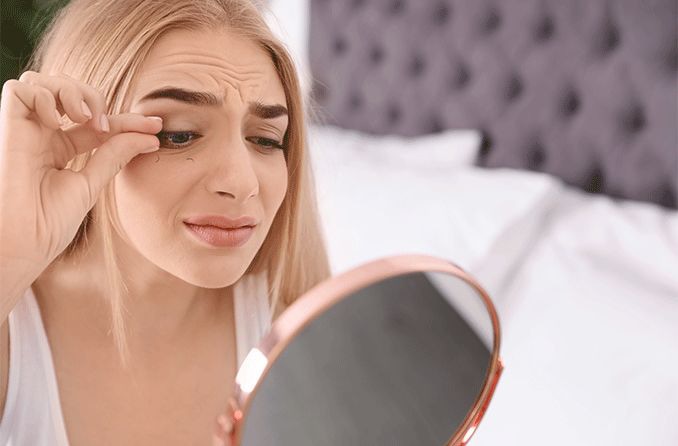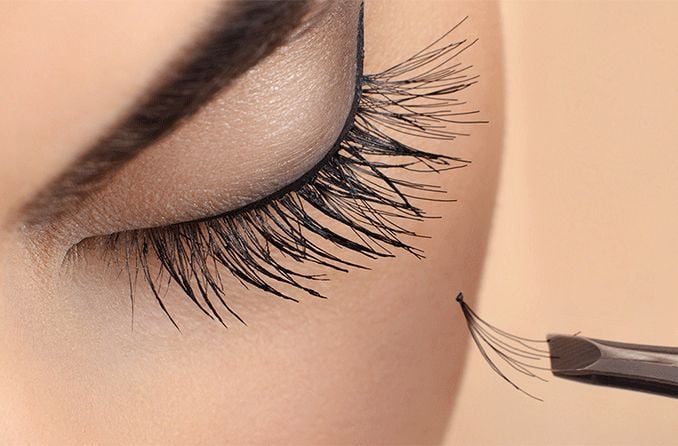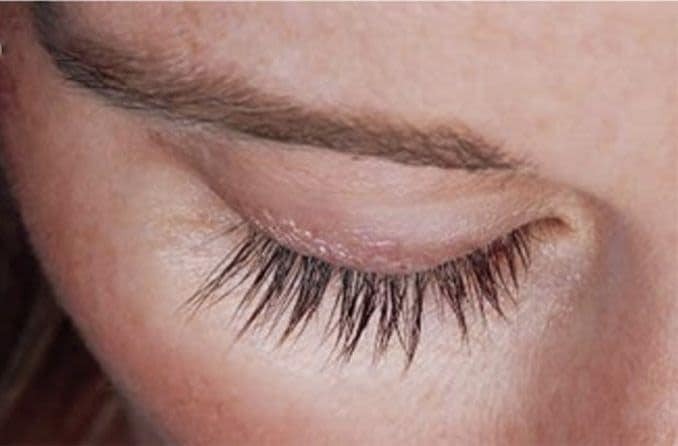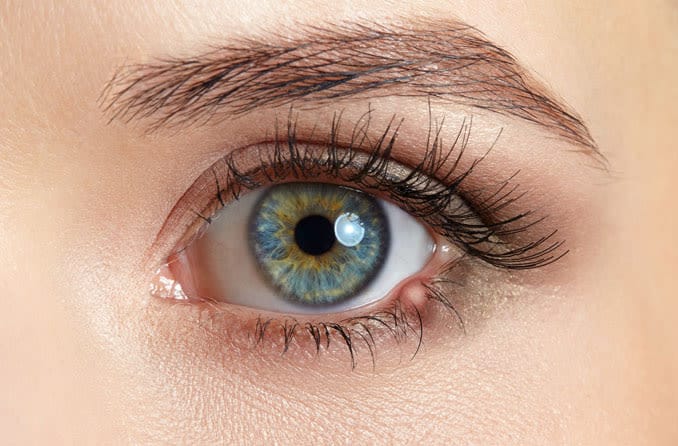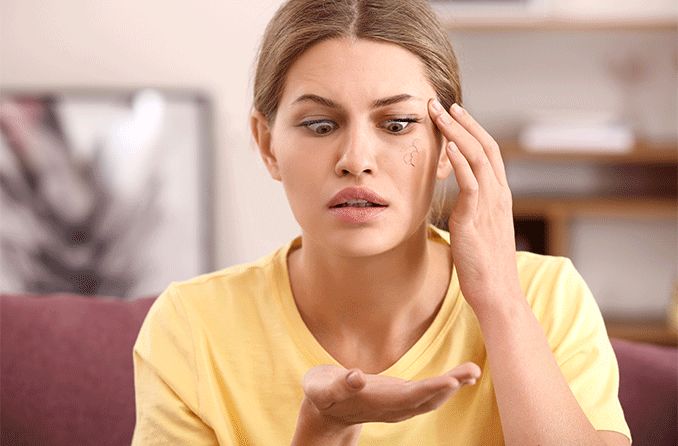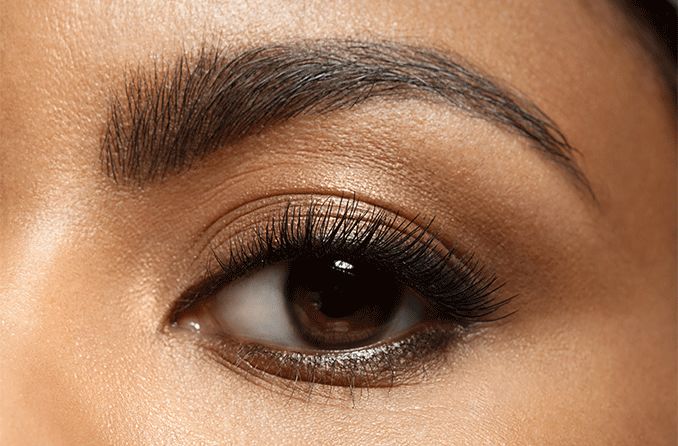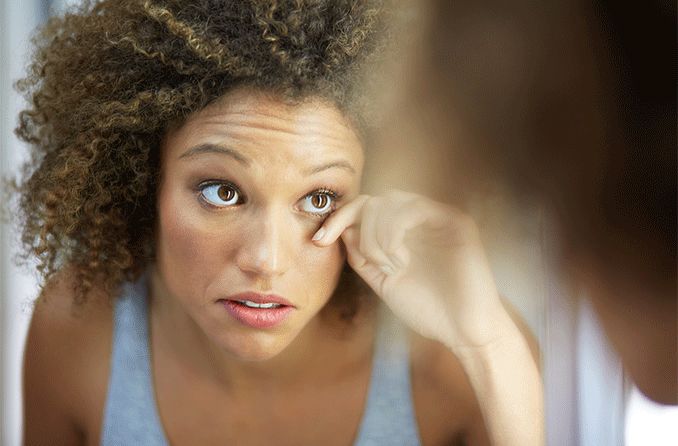Types of lice that can live on eyelashes
Lice are tiny insects that feed on human blood and can live on the head, body, pubic area, eyebrows and even at the base of the eyelashes. Lice living on eyelashes are usually pubic or crab lice (called Pthirus pubis)that have been transferred to the eyelashes by hand contact from the genital area.
Because pubic lice are often the type found in eyelashes, there is a medical term specifically for their eyelash infestation: phthiriasis palpebrarum.
Eyelash lice live at the root of the lash and emit a sticky substance that helps their eggs attach to the hair shaft. Their presence can lead to intense itching and other symptoms. Fortunately, eyelash lice can be successfully treated with your doctor’s guidance.
SEE RELATED: What causes itchy eyelids?
How are eyelash lice different from other lice?
Three different types of lice can live on humans. They are:
Pthirus pubis (pubic lice)
Pubic lice are usually the type of lice that live on eyelashes. Often called “crabs,” they are most often found in the genital area. But they can also nest in coarse hair found on the stomach, chest, thighs, beard, armpits, eyebrows and eyelashes. If you have pubic lice, you may experience itching and irritation in the area of infection.
You can get pubic lice through close contact with a person who has them. Sexual contact is the most common way they are spread, but you can catch them by sharing linens, clothing or other items with an infected person. Pubic lice can be hard to spot. They are similar in size to the head of a pin, which is smaller than both head and body lice.
Pediculus humanus capitis (head lice)
Head lice live in the hair found on the human head. The tiny insects crawl around your head and feast on the blood in your scalp in order to survive. They then lay eggs close to your scalp in the sections of hair near the root. Head lice can cause itching and other uncomfortable symptoms around the head, ears and neck, but you can usually treat them with medicated shampoo.
Like pubic lice, head lice are spread through close physical contact with someone who has them. In some cases, you can get lice by wearing a hat or using a comb that belongs to an infected person. Head lice are very small, and may look like dandruff at first glance.
Pediculus humanus corporis (body lice)
Body lice are flat, long, small insects that live on your clothing (not your body, like the other types of lice). They affect areas such as the neck, waist, groin, shoulders and armpits — all places where your clothing, towels and sheets touch your skin. Even though body lice reside in your clothes, they still survive by consuming your blood.
You can get body lice through close contact with an infected person, just like head and pubic lice. But they can also spread through shared clothing, towels and sheets. If you have body lice, you may experience itching and irritation, as well as small visible bites.
Body lice tend to affect people who live in unsanitary, cramped and close quarters. The risk is also higher if you’re unable to wash your clothing or towels on a regular basis. While pubic and head lice can be treated with medical soap or shampoo, body lice are mainly treated with elevated hygiene practices — and washing your clothes and sheets is crucial during an infestation.
How do you get pubic lice in your eyelashes?
Eyelash lice occurs when there is an infestation of pubic lice (or crabs) in the surrounding area. Although somewhat rare, you can get these crabs in eyelashes, eyebrows and other areas through close contact with an infected person. Many cases of crab lice occur through sexual contact.
Some other cases occur when an infected parent socializes with, hugs or picks up their child. You can also get lice in your eyelashes if you share clothing, towels and other personal items with an infected person, but this is less common.
Symptoms of eyelash lice
Eyelash lice can cause extreme itching, similar to that of pubic and head lice. The itching is the primary symptom of an infestation and is most noticeable at the root of the lash on the eyelid margin.
Other symptoms of eyelash lice can include:
- Eyelid irritation and inflammation
- Eye watering and tearing
- Red eyes
- Burning or gritty sensation
- Eyelashes that clump or stick together
- Dark spots at the base of the lashes
How do you know you have eyelash lice?
Eyelash lice are not the only eyelash bugs. Eyelash mites, or Demodex mites, are actually very common and typically only become problematic if they overpopulate. Like eyelash lice, Demodex mites can cause redness and itching of the lashes and surrounding skin, as well as crusty eyelashes.
Eyelash lice can also be mistaken for a condition called seborrheic blepharitis, which leads to oily flakes around the lashes, red and swollen eyelids, along with other effects. Another condition called lid eczema leads to scaly, crusty eyelids. It can also look similar to an infestation of eyelash lice.
Your eye doctor will be able to tell you whether you have eyelash lice, eyelash mites or another issue.
What is the life cycle of eyelash lice?
If you discover that you have eyelash lice, check your pubic hair and armpits for lice as well. Since eyelash lice are usually pubic (crab) lice, they have the following lifecycle:
- The lice eggs, called nits, take seven to 10 days to grow and then hatch into nymphs.
- The nymphs take two to three weeks to grow into adults that can reproduce.
- The adults can live for a month, and during that time a female will lay about 20 to 30 eggs.
Can you get eyelash lice by wearing eyelash extensions?
While eyelash extensions made headlines in 2019 for a seeming increase in cases of “lash lice,” it was actually a case of misidentification by reporters. In fact, doctors and optometrists reported seeing an increase in Demodex mite infestations in women who wore false eyelashes.
The overpopulation of eyelash mites was thought to result from improper cleaning after eyelash extensions were applied. Many affected patients reported concerns that they might damage or pull out their extensions if they washed or rinsed the area. Because of this, their hygiene levels dropped, bacteria levels rose, and Demodex mites thrived.
Regardless of whether eyelash enhancements increase your risk for an infestation of lice or mites, it’s critical to keep your lashes, eyelids, and the surrounding areas clean.
SEE RELATED: Can fake eyelashes cause eye infections?
How can you avoid eyelash lice?
The best way to avoid eyelash lice is to avoid pubic (crab) lice. Pubic lice are caught from direct contact with someone else suffering from pubic lice, or from sharing clothing, personal items or a bed with them.
Always practice good hygiene, and if by chance you are suffering from pubic lice, don’t touch your face without thoroughly washing your hands first.
How do you treat eyelash lice?
Pubic (crab) lice in the eyelashes and eyebrows can be treated in several ways, including:
Petroleum jelly
Petroleum (petrolatum) jelly can be applied with a cotton swab to the eyelids and lashes two to three times a day for up to 10 days. The salve covers the lice and their eggs and suffocates them. The eyelids should be thoroughly cleaned each morning.
Medications
If you still suffer from eyelash lice after trying the above approach, your doctor may prescribe a topical anti-parasite ointment, cream or oral medication that will kill the lice. Larger infestations may also require prescription options, such as topical ointments, topical creams or oral medications.
Lice in the pubic area should also be treated with over-the-counter or prescription lotions or shampoos as recommended by your doctor.
Manual removal
Your doctor may need to manually remove lice or nits (eggs) from your eyelashes.
Other treatment options
In some instances, your eye doctor may need to cut or trim your eyelashes to treat this type of lice.
All clothing, bedding, towels and other items that might be contaminated should be washed. Use hot, soapy water — at least 130 degrees F (54 degrees C) — and dry the items at high heat in the dryer.
Clothing that can’t be washed can be dry-cleaned. Items that can’t be washed can be sealed in airtight plastic bags for two weeks until the lice and their eggs have died.
When should I see an eye doctor?
If you think you’re experiencing symptoms caused by eyelash lice, contact your eye doctor for proper assessment and treatment.
Anything that creates discomfort in your eyes or eyelids is going to make your life unpleasant, so it’s a good idea to set up an appointment if eyelash lice, or any other condition, has started bothering you or affecting your vision.
READ NEXT: Do eyelashes grow back?
